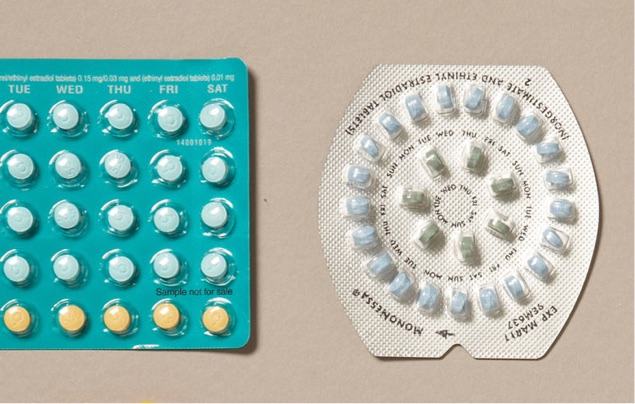Pregnancy
Read below to learn how pregnancy happens and what you can do if you don’t want to get pregnant right now.
Pregnant? Think you might be? Are you a parent?
→ Learn About Your Options and Legal Rights
Want to talk now? Call the All-Options Talkline for free at 1-888-493-0092
How Pregnancy Happens

Sperm
The penis ejaculates semen (cum), which contains millions of sperm.
Sperm can live in a female’s reproductive tract up to 5 days. There may be sperm in pre-ejaculate (pre-cum).

EGG
An egg is released from the ovaries once a month (ovulation).
The time of ovulation can be different for every person. Most people don’t know when they ovulate.

Fertilization
The sperm swims to meet the egg. The sperm enters the egg (fertilization).

IMPLANTATION
The fertilized egg implants in the wall of the uterus. Once this happens, it becomes a pregnancy.
Reducing the Risk of Pregnancy
Most teen births are not planned, and Chicago’s teen birth rate is higher than the national rate. Here’s how to reduce your risk:
Avoid sexual activity.
The only sure way to avoid an STI or pregnancy is not to be sexually active. But there are ways to be safer if you are.
Talk about it.
It might feel weird at first to talk about how pregnancy happens, but try to talk with the person you’re sexually active with about how to reduce your risk. It’s about your health and safety.
Use a condom plus other birth control.
Use a condom along with another type of birth control every time you are sexually active (but never use two condoms together).
Types of Birth Control
Knowing the facts about birth control means each person can choose for themselves the best method to reduce their risk of pregnancy—regardless of their gender or sexual orientation. There are many different types of birth control, and it’s important to know all of the options so you can decide what’s best for you. Condoms are the only birth control that reduce the risk of STIs.
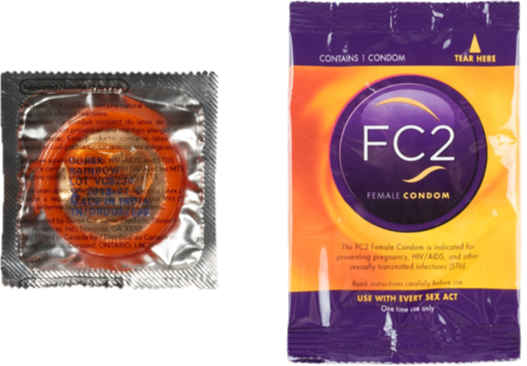
Condoms are the only birth control that reduce the risk of STIs.
External condoms & internal condoms are the only methods that reduce the risk of STIs AND pregnancy.
Condoms are easy to get and often free. Below are some methods of birth control that are even more effective at reducing the risk of pregnancy. For the best protection, though, always use a condom every single time, along with another form of birth control.
Use condoms with one of the methods below to reduce the risk of pregnancy.
The “best” birth control is the one that you feel most comfortable using, and the one that is easiest for you to use correctly. The less you have to think about birth control the easier it is to use. We’ve listed our favorite types of birth control below.
Implant
LASTS 3 YEARS (Low-maintenance)
Very Effective

A healthcare provider gently puts this small, soft implant (about the size of a matchstick) under the skin of your upper arm. It’s very small and not easy to notice, so it’s great for privacy. It lasts up to 3 years. This method is super low-maintenance, so once it’s in, you’re set—it’s always working!
IUD
LASTS 3-10 YEARS (Low-maintenance)
Very Effective
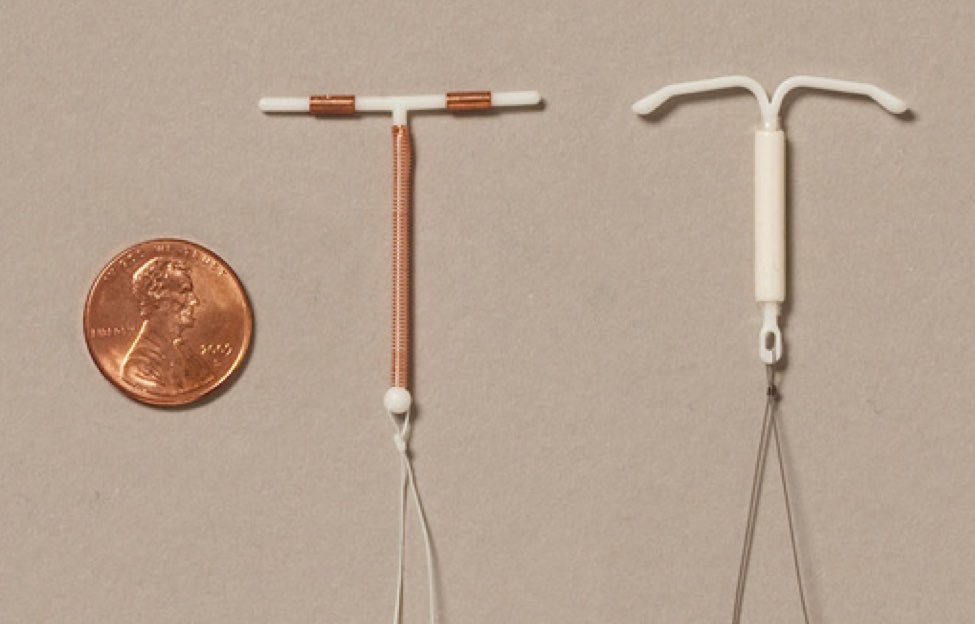
A healthcare provider inserts the IUD or Intra-Uterine Device into the uterus. IUD’s are a method that no one can see, so it’s great for privacy. It lasts 3 to 10 years, depending on the type or brand. This method is also super low-maintenance, so once it’s in, you’re set—it’s always working!
Ring
Change Monthly
Effective
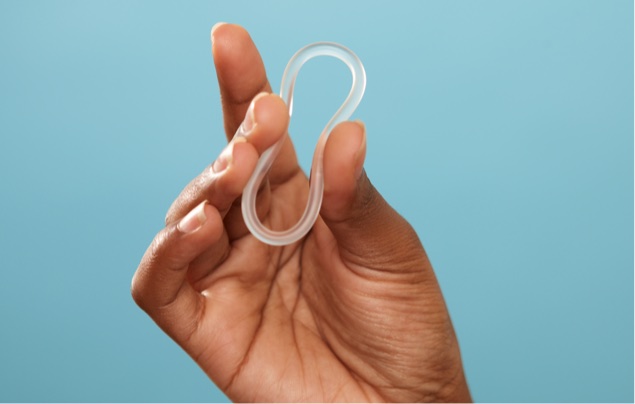
The ring looks kind of like a jelly bracelet, fits inside the vagina, and is changed once a month.
Patch
Change Weekly
Effective
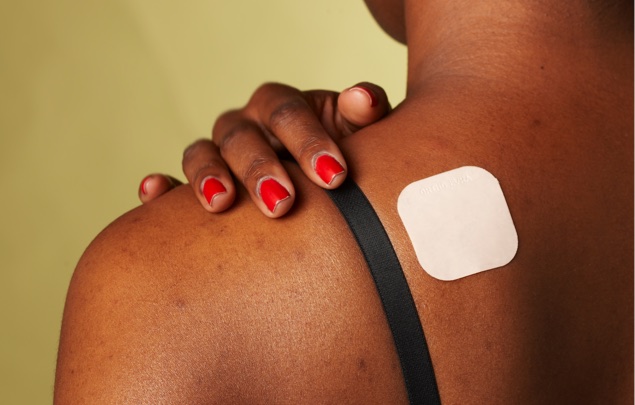
The patch looks like a square Band-aid that is worn on the outside of the body and is changed once a week.
Pulling Out
Moderately Effective
Pulling out (also called “withdrawal”) is not a very effective birth control method. It’s more difficult to do correctly than it might sound. Even before someone ejaculates (cums), there’s pre-ejaculate (pre-cum) on the tip of the penis, which may contain both sperm and STIs.
Emergency Birth Control
Emergency birth control, sometimes known as the Morning After Pill, includes Plan B and the other options below. Use one of these if you have sex without a condom or if a condom breaks, to reduce your risk of pregnancy. Depending on the type of emergency birth control, it can be used up to 3 to 5 days after unprotected sex, but you’ll want to use it as soon as possible. Emergency birth control is not an abortion, but it does reduce the risk of pregnancy.
Plan B
The “Morning After” Pill
Take Within 72 Hours
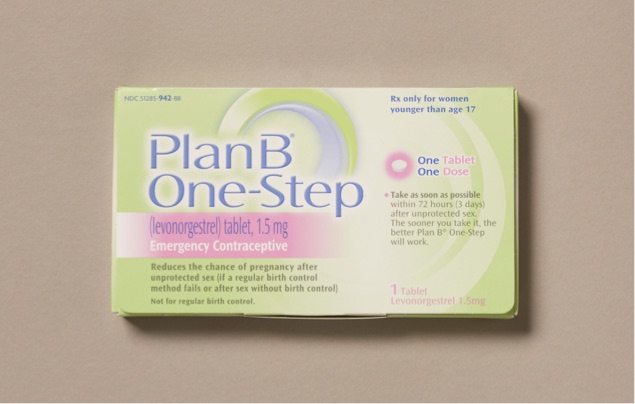
Plan B One-Step (the generic might have a different name). Available over the counter without a prescription.
- Can be taken up to 3 days after unprotected sex—but take it as soon as possible (ideally within 72 hours after unprotected sex) No prescription needed.
- No prescription is needed. Anyone can buy it over the counter at a pharmacy. If you’re ever turned away, try a different pharmacy
- No cost with Medicaid and most insurance plans with a prescription (or at a clinic)
Ella
Prescription “Morning After” Pill
Take Within 5 Days
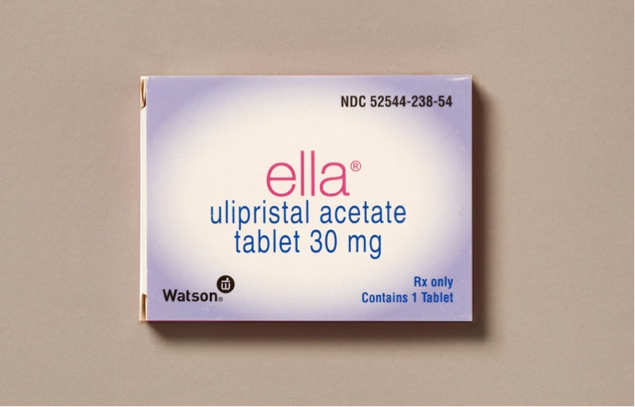
The newest form of emergency birth control is a one-pill formula available by prescription.
- Can be taken up to 5 days after unprotected sex—but take it as soon as possible
- Prescription needed
- No cost with Medicaid and most insurance plans with a prescription (or at a clinic)
Paragard IUD
Available From Your Health Care Provider
Insert Within 5 Days
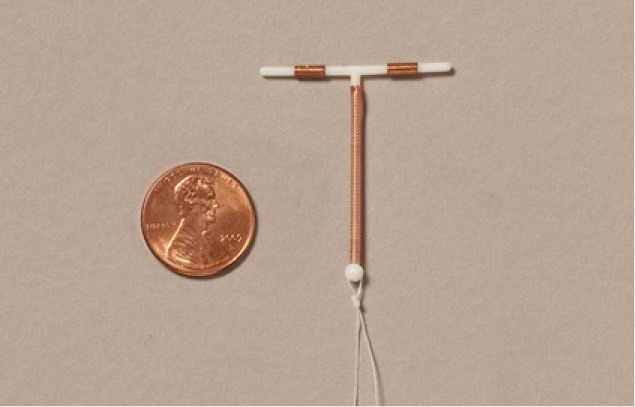
A Paraguard IUD is the most effective emergency birth control. A health care provider can insert it within 5 days of having unprotected sex. You can keep it in for up to 10 years of continuous birth control.
- Can be inserted up to 5 days after unprotected sex—but get one as soon as possible
- No cost with Medicaid and most insurance plans
Next Steps
1. Know your rights.
If you’re 12 or older, it’s your legal right in the State of Illinois to tested and treated for STIs and get birth control without anyone’s permission.
2. Find a clinic.
Youth-friendly clinics offer STI and pregnancy testing, as well as birth control. Birth control is accessible and often free. Search clinics here.
3. Choose a birth control method.
Choose a method that fits your body and lifestyle and use it with condoms. Compare types of birth control.

There are lots of ways to get free birth control.
Don’t let concerns about money keep you from getting the care you need. There are plenty of places to get free or low-cost birth control.
Condoms are the only type of birth control that reduce the risk of STIs.
Use a condom plus other birth control. Every. Single. Time. Not ready to get pregnant? Plan ahead and decide on another type of birth control to use. Not ready to get someone else pregnant? Talk to the person you’re having sex with about other birth control options.
Some birth control is over 99% effective.
Only abstinence is 100% effective, but some birth control methods are very close, especially the IUD and implant. Remember, use a condom to reduce your risk of STIs.
The “best” type of birth control is the one that’s best for you.
The “best” birth control is the one that you feel most comfortable using and the one that is easiest for you to use correctly. There are many types of birth control. Some are more effective or take less effort than others. It’s important to know what your options are, talk them over with your healthcare provider, and decide what is right for you.
People use birth control for lots of health reasons.
Yes, they reduce the risk of pregnancy, but some types can also help make your period shorter or less uncomfortable. And some types of birth control can help with acne.
Using birth control will not prevent you from having children later on.
Birth control only works while you are using it. Once you stop using it, its effects go away and you can get pregnant.
Birth control affects people differently.
You’ve probably heard stories of people using different types of birth control, and it’s really important to talk this over with your healthcare provider, because each type of birth control affects people differently.
Getting pregnant or getting someone else pregnant won’t save a relationship.
If you’re feeling insecure about your future with someone, bringing a baby into the situation will not make those feelings go away.
No one has to know you’re on birth control.
In the State of Illinois, if you’re 12 or older, it’s your legal right to get tested and treated for STIs—and get birth control—on your own, without anyone’s permission. If you want to talk to someone about this stuff—maybe a parent, another family member, a mentor—that’s great, but legally, you don’t have to tell anyone you’re on birth control. If you are worried about your privacy, there are types of birth control that are totally invisible—like the IUD, which is worn inside the body, or the implant, which is under the skin of your inner arm.
Other people won’t be able to tell that you’ve gone on birth control.
It doesn’t change the way you walk, look, or act. They will only know if they see you taking it or if you talk about it.
It only takes one sperm for pregnancy to happen.
You may have heard people talk about different things killing sperm. Don’t believe the rumors—talk to a healthcare provider and always use condoms, plus another form of birth control.


